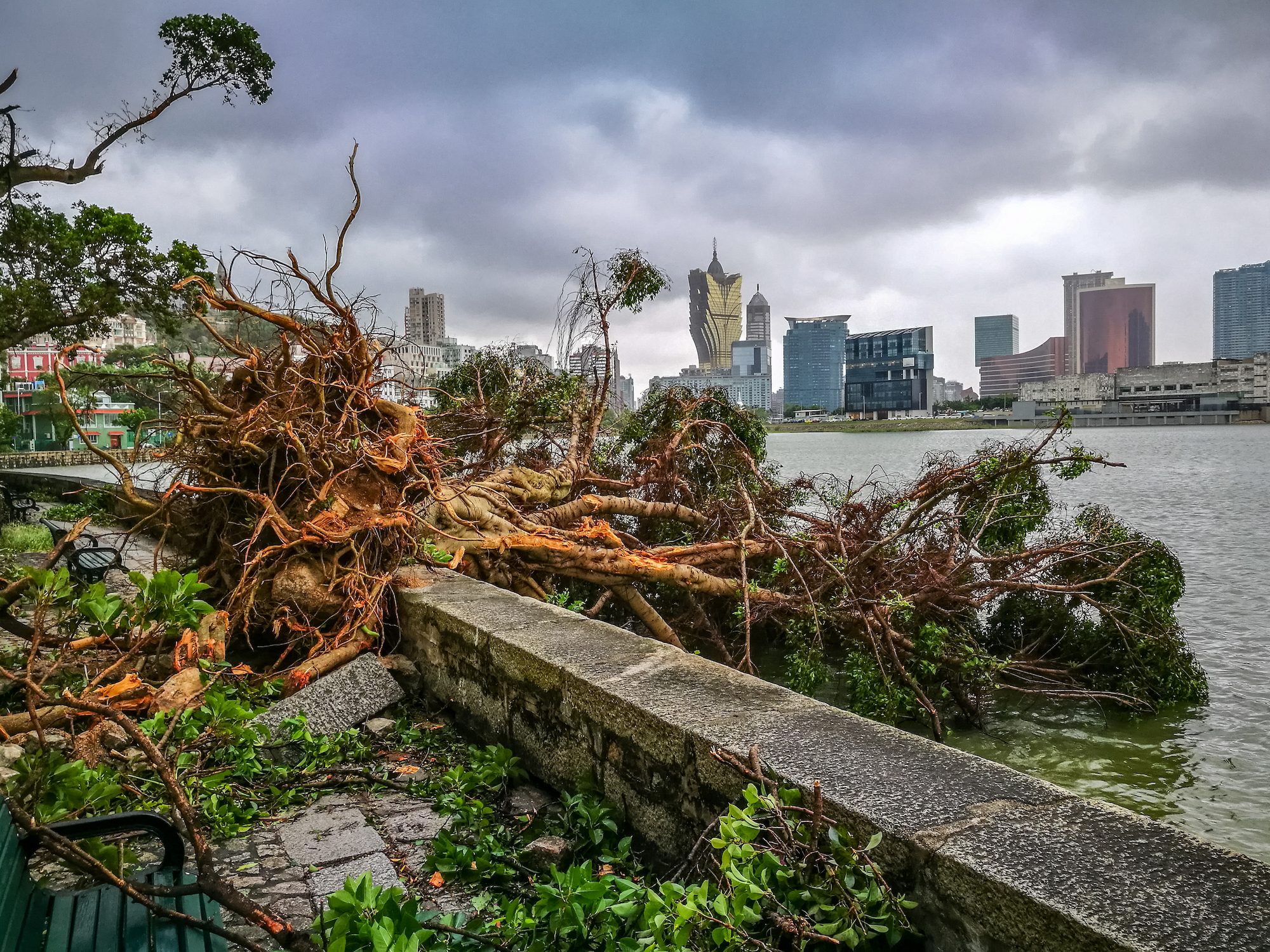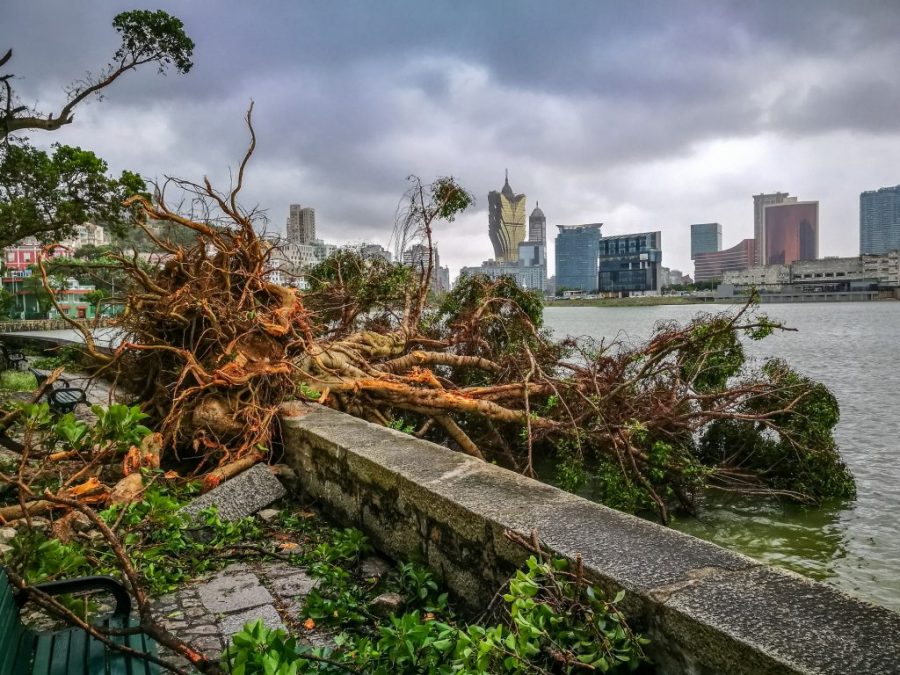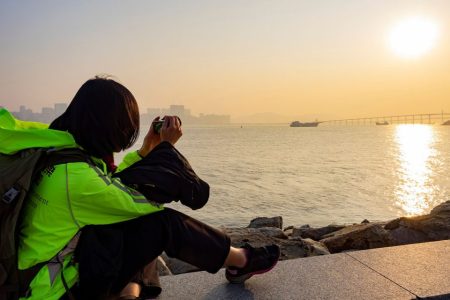Super typhoon Saola was the fourth time Macao’s Meteorological and Geophysical Bureau (SMG) has hoisted its no. 10 typhoon signal in just seven years, following ‘Higos’ in 2020, ‘Mangkhut’ in 2018, and ‘Hato’ in 2017.
That is the same number of no. 10 signals issued across the 49 years between 1968 and 2016 – a confronting reminder of the planet’s changing climate, SMG said in a statement issued over the weekend.
“Climate change leads to more frequent extremely severe weather,” the bureau noted.
The warning comes amid the hoisting of no. 1 typhoon signal, as tropical cyclone Haiku makes its way towards Guangdong’s eastern coastline. At 5:00 am, Haikui was located about 680 kilometres east of Macao.
[See more: Macao’s electricity network is being tested for its typhoon preparedness]
Haikui is expected to cause very hot temperatures in Macao today and tomorrow, with showers and thunderstorms forecast for later in the week. However the chance of a no. 3 signal tomorrow is described as “relatively low.”
The more intense Saola passed within 20 to 30 kilometres of Macao on Saturday, with wind gusts exceeding 118 kmh. According to reports, at least six people suffered injuries during the storm and more than 280 trees blew over. More than 240 people made use of emergency shelters.
The territory’s Secretary for Security Wong Sio Chak said Saola’s impact was “much less than expected”.






